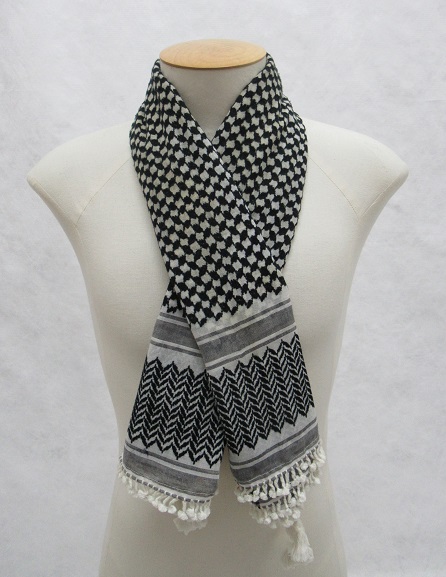
Iraq invades Kuwait
On 2 August 1990, Iraq invaded and occupied their small, oil-rich neighbour, Kuwait. The United Nations (UN) quickly condemned this act of aggression, imposing sanctions on Iraq. A United States-led UN Coalition force began to deploy to Saudi Arabia in the Persian Gulf, and a huge military build-up commenced on Iraq and Kuwait’s borders.
On 15 January 1991, the UN deadline set for Iraq to withdraw from Kuwait expired and a massive multinational offensive, named Operation Desert Storm, commenced. Air strikes commenced immediately, softening the Iraqi defences. Then, on 24 February 1991, land forces crossed into Kuwait and Southern Iraq. The land war was all over in four days, with the Iraqi troops defeated and a ceasefire was declared on 28 February 1991.
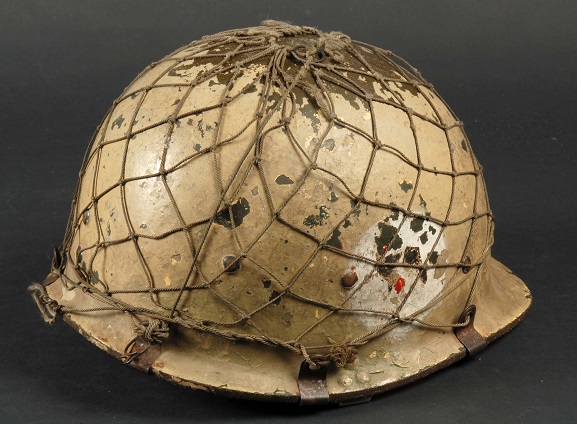
The RNZAF in the Gulf War
The RNZAF was no stranger to the Persian Gulf. Since 1988, Andovers from No 42 Squadron had supported the UN Military Observer Group monitoring the ceasefire between Iran and Iraq (UNIIMOG).
In September 1989, a 40 Squadron Hercules arrived in the Gulf to assist No. 42 Squadron. Later joined by a Boeing B727, they flew foreign nationals who had fled Kuwait from Jordan. The Boeing returned to New Zealand in October. Around 1,500 people had been airlifted home by the two aircraft.
On 23 December 1990, two Hercules and 46 personnel of No. 40 Squadron Detachment (Multi-National Force) arrived at Riyadh airport in Saudi Arabia. Named Operation Fresco, their task was to provide transport capability, operating with the RAF Air Transport Detachment. They mostly flew operations from King Khalid Airport, Riyadh. It was later increased to 60 personnel.


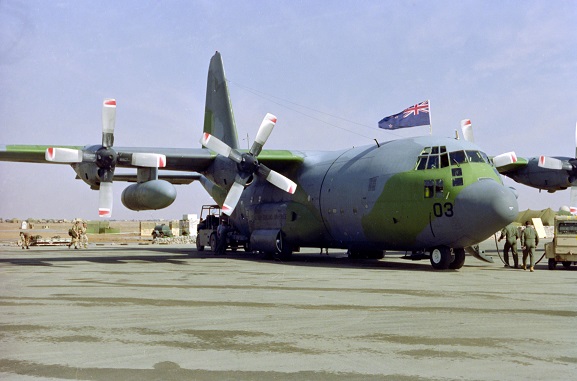
The New Zealand Herald reported on 27 December 1990 that Christmas Day passed quietly, with a picnic lunch with New Zealand Embassy staff in the desert. Any anxiety about being away from home on deployment eased when personnel got to telephone their families back home.
As well as the flying and ground personnel of No. 40 Squadron, there were also specialists assigned to tasks in theatre. Flight Lieutenant Ken Cunningham was Base Security Officer at Whenuapai, and arrived at Riyadh just a week before Coalition air strike began on 15 January 1991, to manage security for the detachment. He later recalled how the RNZAF personnel settled into their work with some good humour:
“The 50-man detachment had made itself at home working with the RAF Air Transport Detachment, and like all good Kiwi servicemen they had made their mark, even if it was a large black Kiwi stencilled on everything that stood still for more than a minute. Even a smart looking British Hercules had a Kiwi in the middle of its roundel…. much to the annoyance of the RAF Station commander Group Captain Simpson.”

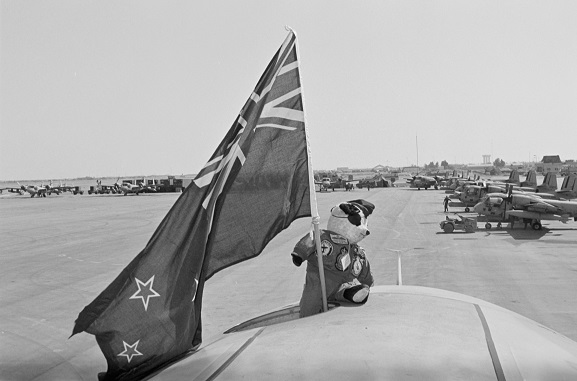
An important part of the Iraqi military threat to the Coalition and local civilians was the Al-Hussein missile, a development of the Soviet-made Scud short range ballistic missile. Capable of carrying 500kg of high explosives, of more concern was the very real possibility that the Iraqis would employ chemical or biological agents in these missiles. Saddam Hussein’s regime had already used chemical weapons against the larger forces of Iran in the Iran-Iraq war of 1980-88. Scud warnings were frequent. During a TV1 news interview on 22 February 1991 with the Detachment commander Wing Commander Bob Henderson, a Scud alert was sounded. Both donning gas masks, Henderson told the reporter what a red alert meant:
“Normally it would mean that a Scud missile launch has been detected, and that the missile is coming in the general direction of Saudi Arabia. It doesn’t necessarily mean it’s going to land on Riyadh, it could be targeted against Dahran, or one of the areas, but it’s coming our way basically.”
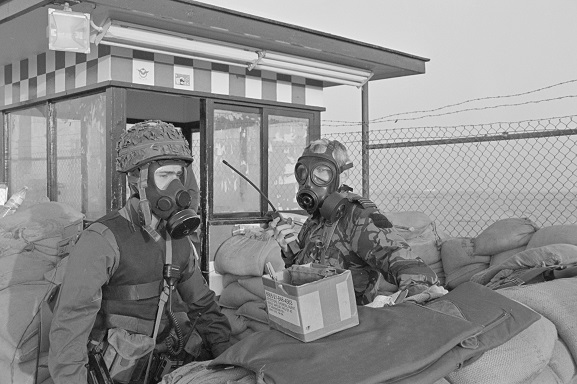
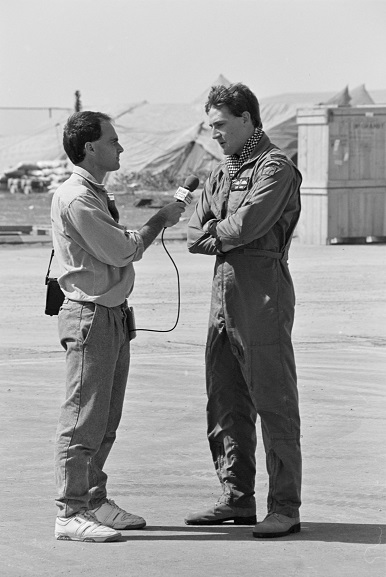
Flight Lieutenant Rex Fraser, the Detachment’s PR officer, described the experience of these often sleep-disturbing Scud alerts to RNZAF News:
“The air raid siren goes, you’re immediately tense. You kit up and your heartbeat increases dramatically. The adrenalin’s flowing. In the kit you walk carefully and slowly to the collection point. You’re sweating in the room. You can’t hear or see, you just have to sit and wait. No-one talks. You can talk quite easily in the masks but no-one does. I’ve learnt to relax now and sit and switch off. Even still by the end of it you’re so tired you just want to lie down and go to sleep. You’re body’s pumped more adrenalin in one night than you would normally use in a year”.
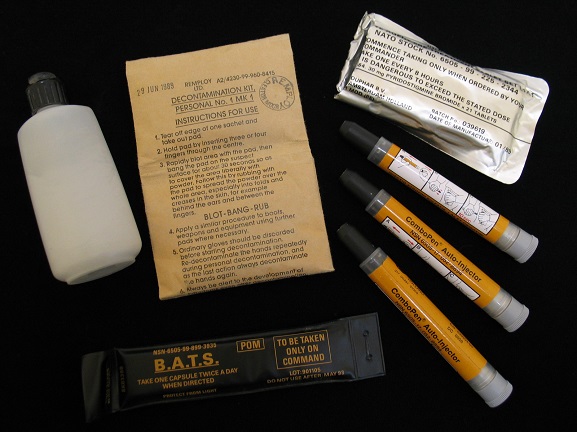
In charge of countermeasures against this threat at Riyadh was RNZAF Warrant Officer Pat ‘Mac’ Mackay. He set up the Royal Air Force Alert and Nuclear, Biological and Chemical Warfare Cell at King Khalid airport. When hostilities commenced, the airport was the target of numerous attacks by Scuds. McKay worked to improve warnings of attacks, increasing the chance of American Patriot missile batteries shooting them down. When this happened, as a Nuclear, Biological and Chemical (NBC) warfare specialist, he conducted chemical detection patrols around the destroyed missiles. Thankfully, chemical weapons were not detected.
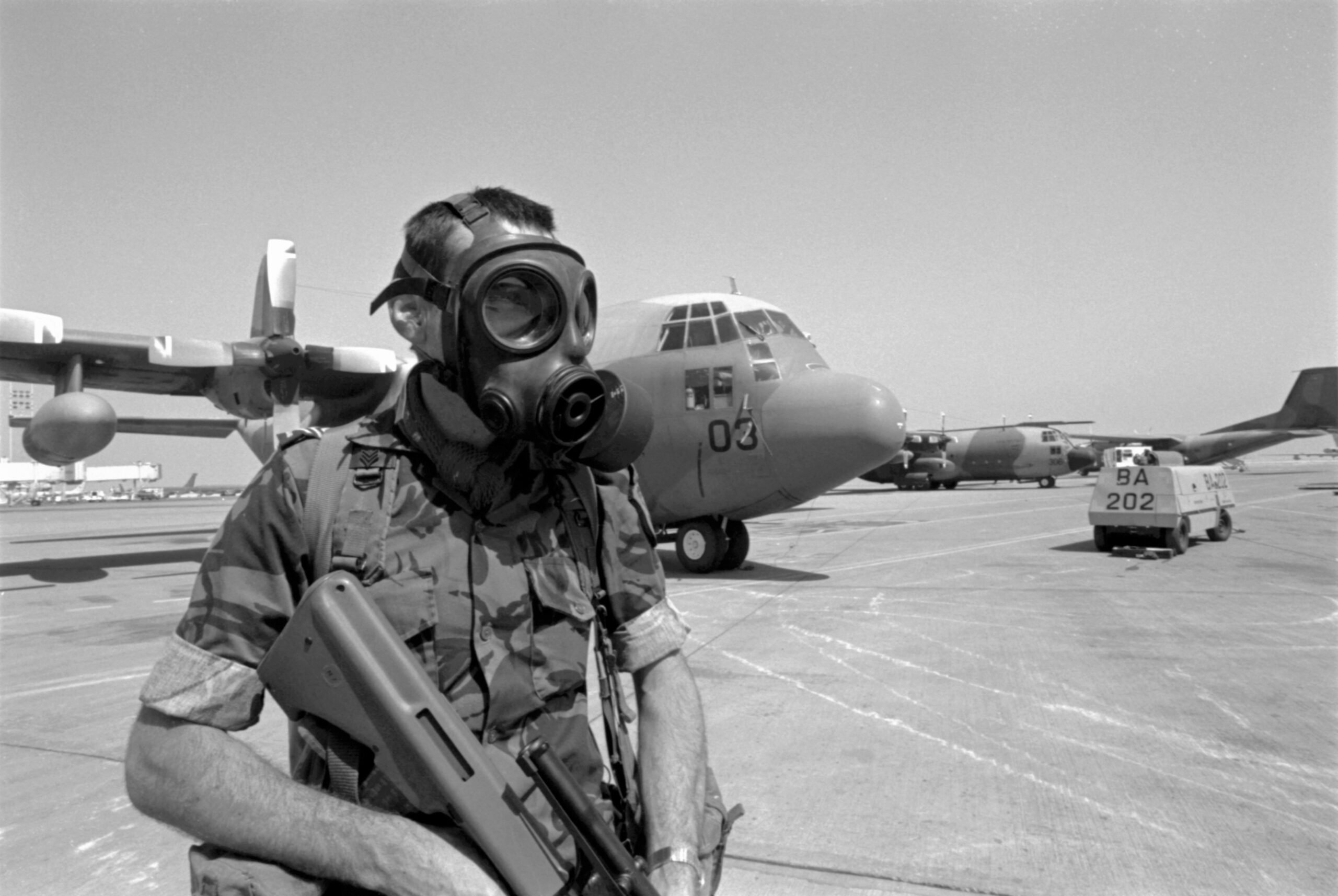
The RNZAF also provided support in the form of medical personnel. On 4 February a second medical team from all three services of the NZDF arrived in Bahrain, joining an existing New Zealand Army team, and operated at the RAF hospital at Muharraq. They returned to New Zealand in March 1991.
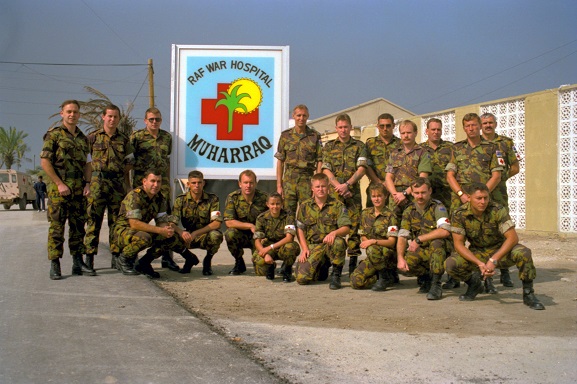
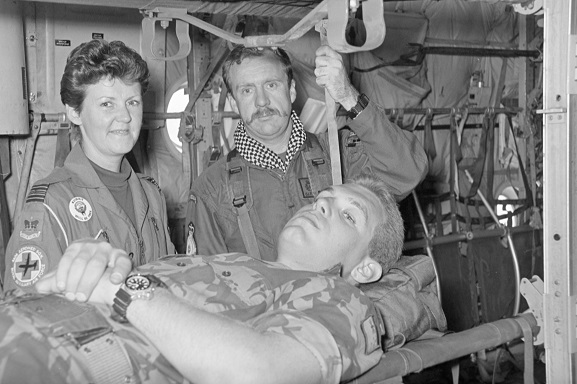
Coming home
In April 1991, with the Coalition winding down operations in the Gulf, the 40 Squadron Detachment started to pack up and the final group returned to New Zealand, arriving at Whenuapai and meeting relieved family and friends on 12 April 1991.
The RNZAF contribution to Operation Desert Storm was small in comparison to some other countries, but represented a major effort for our air force. It proved that New Zealand could contribute effectively to an international operation and enhanced the RNZAF’s reputation with our close allies.
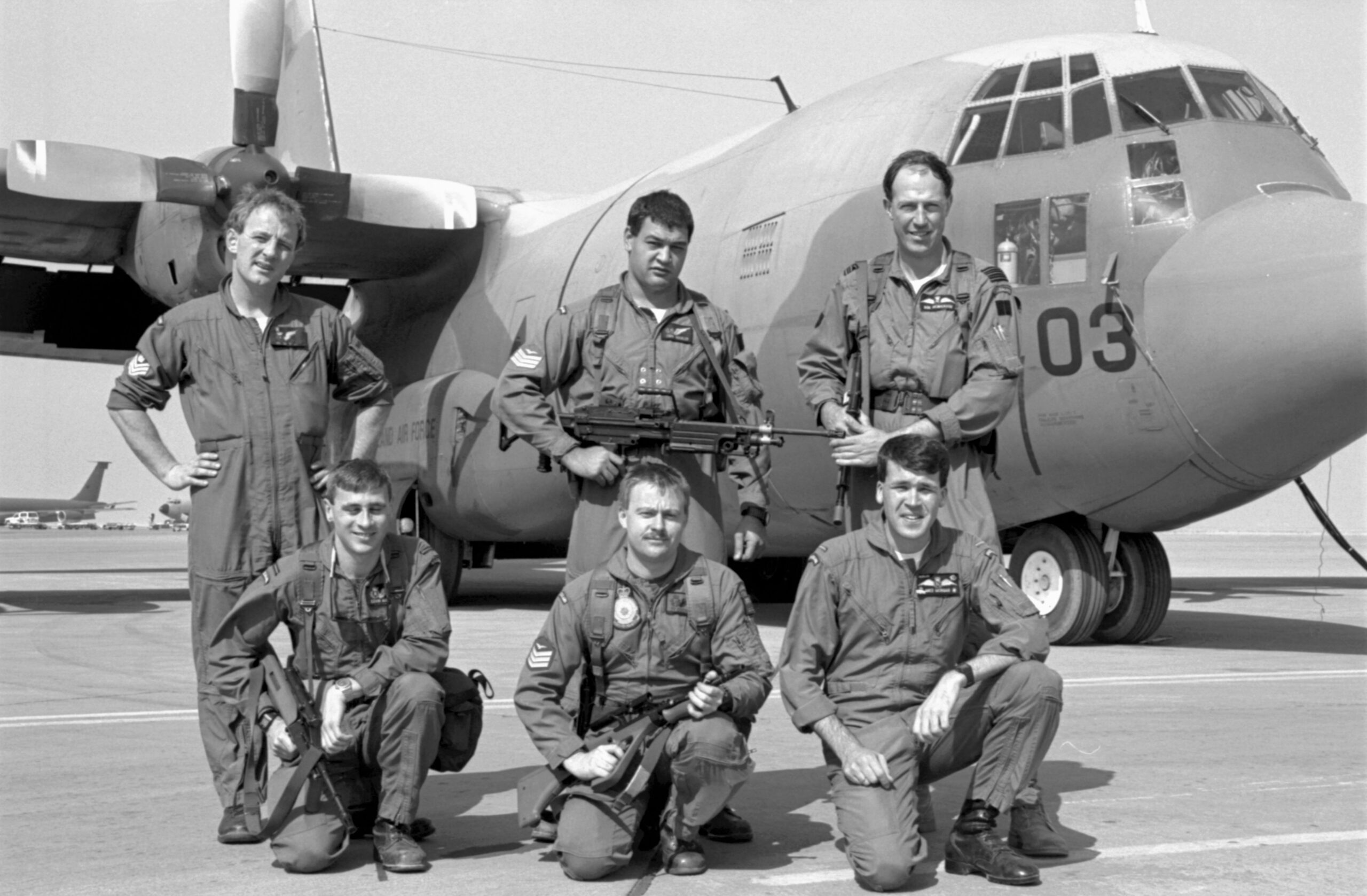
Did you serve in the RNZAF during the Gulf war?
We would love to hear from Air Force veterans who served in the Gulf in 1990-91 and may have objects, photographs or stories from their time in the Middle East they might consider donating to the national collection of the Royal New Zealand Air Force.
To share your story, please email our team: research@airforcemuseum.co.nz
For further information on donating items to the Air Force Museum collection, please click here.
